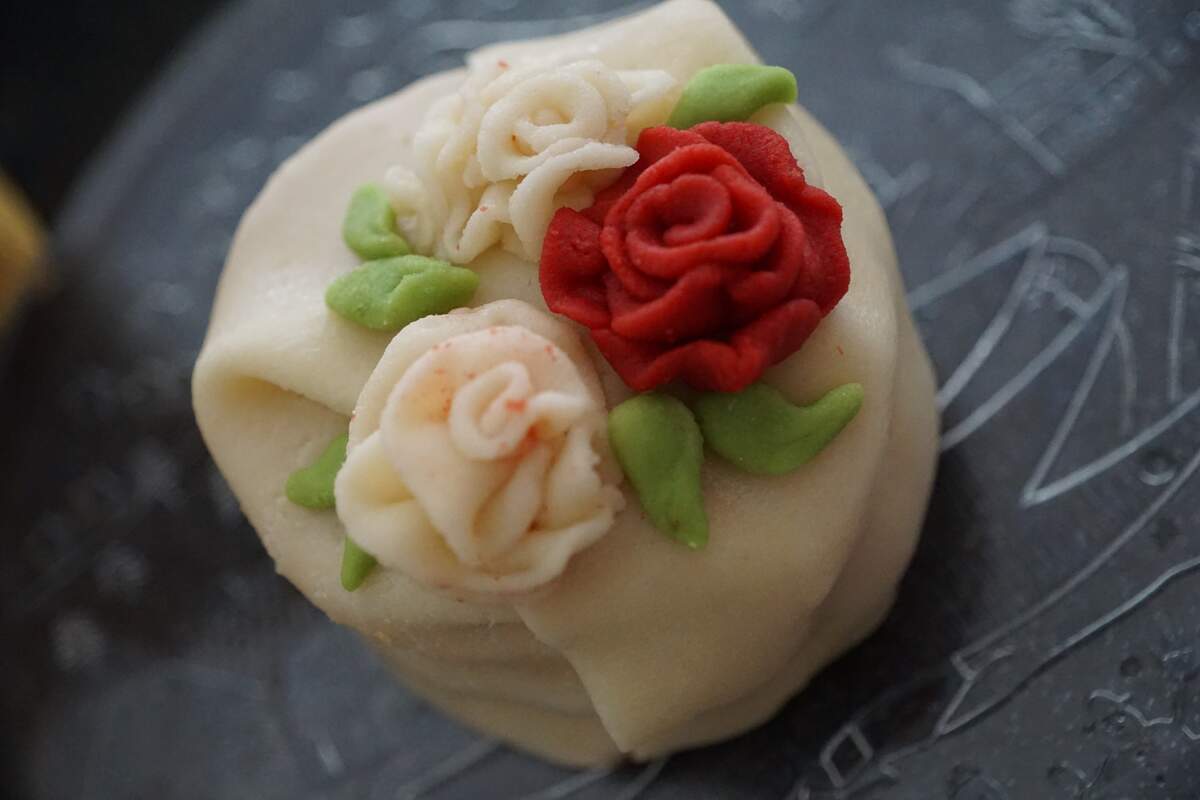

National Marzipan Day
Marzipan is a sweet moldable treat made from almond meal or paste, and sugar. Honey can also be used, and other ingredients sometimes include rosewater, pistachios, hazelnuts, almond oil or extract, and preservatives. Marzipan is often molded into small fruits or vegetables. Small animal figures of marzipan are made in some countries on New Year's Day; marzipan shaped as pigs are a favorite. Marzipan is also sometimes found in the center of chocolates, in biscuits, and as icing on cakes. Persipan is a similar and less expensive alternative, which uses apricots and peach kernels instead of almonds.
Marzipan is made by cleaning and blanching raw almonds, which loosens the almonds' skin. After the almonds are put through rotating cylinders, their skin is removed and they are coarsely chopped and ground; up to 35% sugar is then added. They are roasted and cooled and table sugar is added, as well as a binding agent such as sorbitol. The marzipan can then be molded into shapes and eaten.
There is a belief that marzipan was introduced to Eastern Europe by the Turks. There is record of marzipan in Sicily in 1193 CE, where it was known as "marzapane," which means March bread. Tallinn, in what is now Estonia, and Lübeck, in what is now Germany, have a long tradition of manufacturing marzipan, as does Königsberg in East Prussia, which is now Kaliningrad, Russia. There also is a belief that it may have originated in Spain, which was called Al-Andalus as the time. It was found in the Spanish city of Toledo around 1150 CE, and was known as postre regio. Today it is Toledo's most famous dessert. Regardless of where it came to be, it is now a favorite treat in many different countries, making it fitting it would have its own special day.
How to Observe National Marzipan Day
Celebrate the day by buying some marzipan at a store or bakery. Buy some premade marzipan and color it and make it into different shapes. Or, use almond paste to make your own marzipan.





















